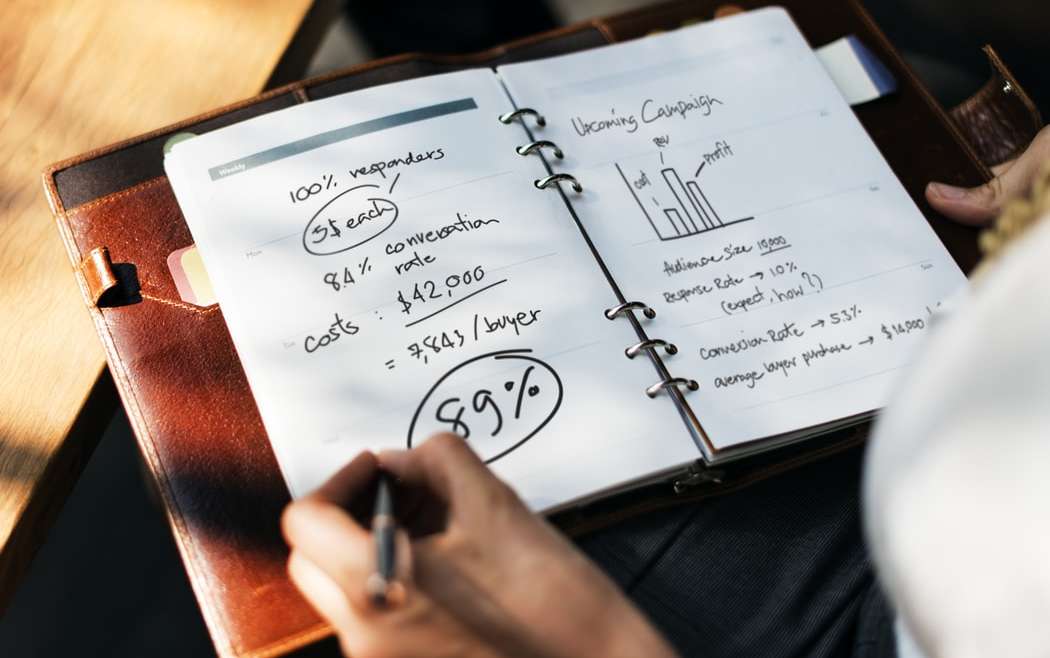Accounts receivable is the money you’re owed by customers. Once you send an invoice (or bill), it becomes part of your accounts receivable – until it’s paid.
Accounts receivable is the name given to both the money that’s owed, and the process of collecting it. So the accounts receivable process includes things like sending invoices, watching to see if they’ve been paid, taking steps to chase payment, and matching payments to invoices (also known as invoice reconciliation). The accounts receivable process is sometimes called bills receivable, and some people simply call it invoicing.
If an invoice hasn’t been paid by its due date, you start to age it. You do this simply by counting each day that’s passed since it was due. If it was due four days ago, you give it an age of 4 days.
An ageing report shows all the past-due invoices, from least overdue to most overdue. At a glance, you can see which bills you’re waiting on, and which have been outstanding the longest.
The more an invoice ages, the less likely it is to get paid at all, so review an updated report often and act decisively. Decide what steps you’ll take to recover debts as they age. Will you email at day 1? Will you call at day 3? What’s your next move? and when will you make it?
Get tips from our guide on how to treat overdue invoices.
Accounts receivable is money you’re owed, which makes it an asset. In fact your invoices are so valuable that some companies will even buy them off you.
Once an invoice is paid, it’s no longer an asset – it becomes cash in the bank, which is even better. And if you never get paid, you’ll ultimately write off the invoice as a bad debt. Once it’s written off it’s no longer considered an asset.
Invoices are money you’re owed. If you sign them over to someone else, they can collect the money. Some finance companies will buy invoices from businesses that can’t wait for the customer to pay. This is called accounts receivable financing, invoice financing, or invoice factoring. These finance companies realise that older invoices are less likely to get paid. So you probably won’t find anyone willing to buy your really old invoices.
Some finance companies will pay you up to 90% of the value of an invoice if you sign it over to them. It’s a way to get money you’re owed without waiting on a customer to pay.
The finance company will make a second (remainder) payment to you when the customer settles the invoice. You’ll never get the full value of the invoice, because the finance company takes fees. And they won’t buy old invoices so it’s not a dumping ground for bad debts.
Speak to your accountant or financial advisor before using these types of services.
When invoices aren’t likely to be paid, you should write them off as a bad debt. It’s lost income, and it’s important to capture that in your accounting records – especially as you may have already paid tax on that invoice. And seeing as the income isn’t going to happen, you need to claim that tax back. You do this by writing off the invoice.
You should write off a bad debt whenever you think there’s no reasonable chance of getting paid. Your customer may have gone broke, or you might be locked in a dispute that’s not likely to be resolved, or they may simply be ignoring your reminders.
Whether you write it off after 6 months or 18, don’t give up on it. Even after you’ve written off the debt, keep sending innvoice reminders. If they finally pay, you can always declare the income on your next tax return.
The importance of a good accounts receivable process
When everyone’s late paying, business gets hard. You might run out of money to pay suppliers or staff. It’s one of the most common reasons businesses go broke.
It’s important to treat invoices like the assets they are. Set up an accounts receivable process that maximises your chance of getting on-time payment. There’s a lot you can do.
Check our guide on building an accounts receivable process for more.

